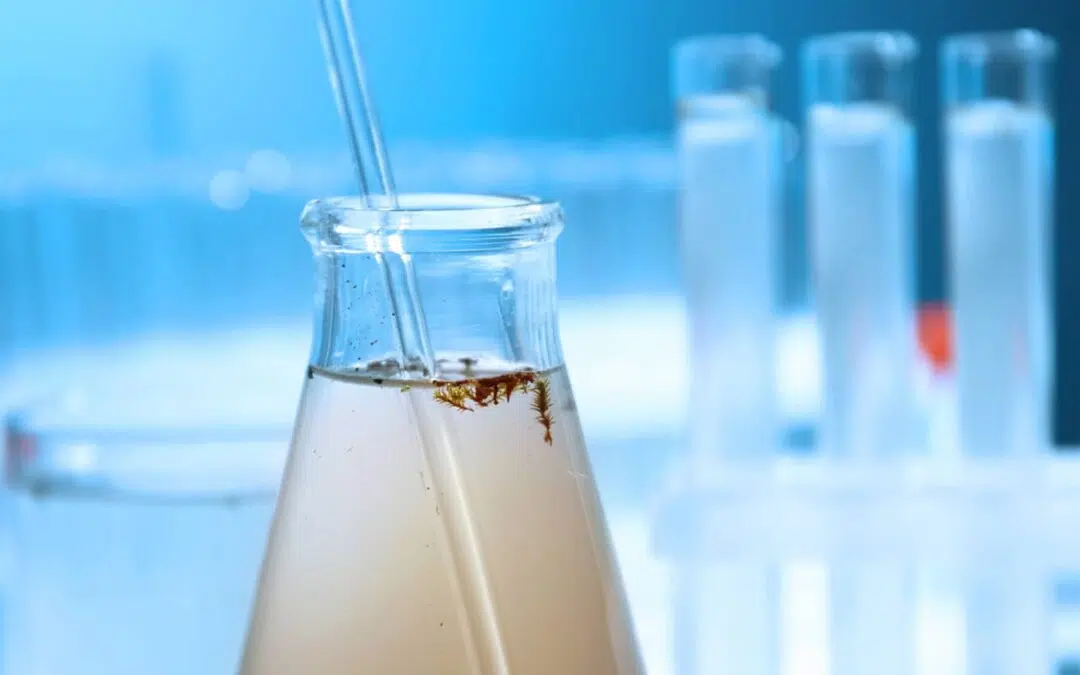
by stephen | Mar 18, 2022 | Nitrates
Original article Nitrate contamination of drinking water could cause up to 100 cases of bowel cancer in New Zealand every year, leading to 40 deaths, New Zealand research has estimated. The collaborative research by the Universities of Otago, Loughborough, Auckland and Victoria found 800,000 people in New Zealand are exposed to nitrate levels in water above those found to be a risk in the international studies. The estimate is based on international studies linking nitrate in drinking water and bowel cancer combined with assessment of the levels of nitrate in drinking water in New Zealand.

Dr Tim Chambers
Dr Tim Chambers, a Senior Research Fellow in the Department of Public Health at the University of Otago, Wellington, says the study – the first study to assess the levels of nitrate exposure in New Zealand and collate a national dataset of drinking water quality – found that a substantial number of New Zealanders are on water supplies with nitrate that could increase their risk of bowel cancer. “This research highlights the potential health burden of nitrate contamination, particularly if further evidence on the link between nitrate and bowel cancer reinforces existing studies. The results support the need to take a precautionary approach towards nitrate contamination in New Zealand”, he says. “However, the study did not directly assess the link between nitrate exposure and bowel cancer as some overseas epidemiological studies have done,” he says. The research is published in the international journal Environmental Research. It is a preliminary step of future research to assess the potential public health impact of water quality in New Zealand following the 2016 Havelock North campylobacter outbreak which caused an estimated 8,320 people to get sick, 42 hospitalisations and four deaths. “The results also highlight the need for the Three Waters Reform in New Zealand. Our recent Official Information Act requests to district councils found that some councils have not tested for key contaminants in drinking water for years as the current legislation does not require them to do so,” Dr Chambers says. The researchers collated data from all 67 district and regional councils plus a sample of private water supplies to generate a national nitrate exposure dataset. They then applied the bowel cancer risk estimate from a meta-analysis of eight studies investigating the link between nitrate in drinking water and bowel cancer. “This work on bowel cancer also sits alongside a wider set of evidence linking nitrate in drinking water to preterm births, low birthweight and congenital abnormalities which are a growing concern. Other environmental research also shows the negative impact of nitrate contamination on freshwater ecosystems and the wider environment. “While more research is required in this area, particularly around the biological mechanism and additional epidemiological studies, the potential health and environmental impacts of nitrate contamination provide a compelling case for intervention,” Dr Chambers says. Nitrate contamination in New Zealand is mainly driven by pastoral farming, specifically from intensive dairy farming. Nitrate leaching from urine patches is the largest source of nitrate contamination from pastoral farming. Nitrate leaching has increased substantially since 1990 and many groundwater sites continue to degrade. The likely biological mechanism for nitrate increasing the risk of bowel cancer is complicated and is influenced by dietary factors, especially the balance of red meat, fruit and vegetables, and gut microflora. The interplay of these factors determines the amount of N-nitroso compounds, a class of cancer-causing chemicals, that are formed in the gut – a process known as endogenous nitrosation. The International Agency for Research on Cancer concluded “ingested nitrate or nitrite under conditions that result in endogenous nitrosation is probably carcinogenic to humans (group 2A)”. New Zealand experiences one of the highest rates of bowel cancer in the world (35.3 age-standardised cases per 100,000), with an average of 3,000 cases per year. It is our second biggest cancer killer, causing an average of 1,200 death per year. Established risk factors for bowel cancer include obesity, alcohol consumption, physical inactivity, smoking, and consumption of red and processed meat. The research paper, ‘Nitrate contamination in drinking water and colorectal cancer: Exposure assessment and estimated health burden in New Zealand’ is published in the international journal Environmental Research. No funding was provided for this study. Dr Chambers is funded through a charitable donation from the GAMA foundation.
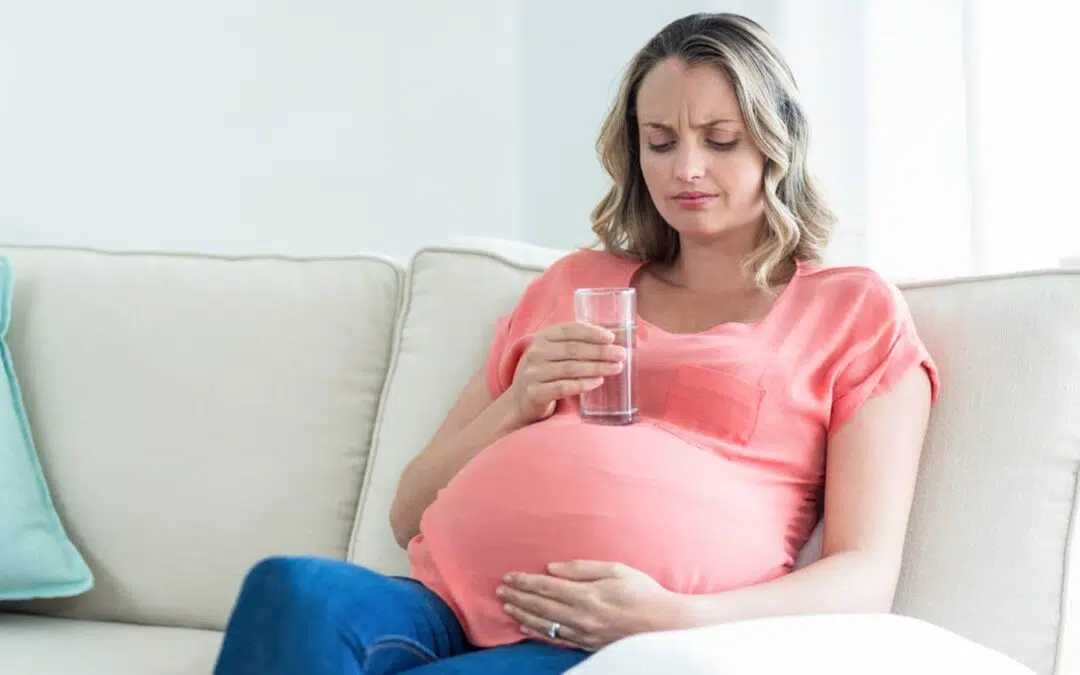
by stephen | May 27, 2021 | Nitrates
Stuff article
New research shows a strong link between nitrate in drinking water and babies being born underweight or prematurely.
In analysis released exclusively to RNZ by Otago University, it was revealed much lower levels of the chemical than were previously thought to be safe could be responsible for mothers giving birth early, potentially leading to cerebral palsy, eyesight and hearing loss, or psychiatric disorders.
Otago University analysis was of two overseas studies released this year including one involving 1.4 million Californian babies, born over a 10-year period.
This showed the chances of a premature birth increased by 47 per cent when nitrates in drinking water were just 5 milligrams per litre of water.
This was less than half the current safe level in New Zealand, of 11.3 milligrams.
The university’s Dr Tim Chambers noted the chances of something going wrong went up by two and a half times when the levels reached 10 milligrams, still less than the safe level here.
“The thing that’s quite concerning about adverse birth outcomes is the length of exposure is relatively short.
“I mean, it’s just prenatal exposure. So it’s less than a year exposure, and the outcome that happens has lifelong impacts.”
It had been shown the life-long economic burden attached to premature births was $90,000, made up of medical bills and lost earnings.
With 4400 pre-term births in this country annually, they were costing the country $396 million a year.
With 138,000 New Zealanders drinking water with nitrates at five milligrams or above, within the danger zone for adverse birth outcomes, the findings deserved serious consideration by health authorities here, Dr Chambers said.
“With anything like this, especially the impact on children, we need to take a precautionary approach.
“From a public health point of view, we would take a precautionary approach and make sure that we could try and have a lower limit, or at least aim to have our nitrate levels much lower than they currently are.”
The lead researcher in the Californian study, Stanford University’s Allison Sherris, said previously it had been difficult to establish the influence nitrates were having on pre-term births, compared to other factors that may also contribute to them, such as genetics, smoking or alcohol.
Her study was different and focused on multiple babies from the same mother, meaning these other factors were a constant.
If genetics, smoking or alcohol were a factor for one baby, they would also likely be a factor for their sibling.
The one thing that was not constant, was the nitrate levels.
“So we identified women whose water quality changed between consecutive pregnancies. And we thought of this as a natural experiment that allowed us to estimate how risk of pre-term birth changed as nitrate exposure changed.”
This approach showed a strong link between nitrate levels above five milligrams and an increased risk of pre-term births happening between 20 and 31 weeks.
The impact when babies were born this early could be profound, she said.
“And especially these really early pre-term births is a really costly outcome both in terms of the toll on families, the toll on society and the potential health outcomes in infancy and childhood and later life.”
The main risk that mothers were informed of currently in New Zealand was the one faced by pregnant mums and bottle-fed babies from blue baby syndrome, caused when nitrates in drinking water exceeded 11.3 milligrams.
North Canterbury midwife Jin McRobbie said despite high nitrate levels being an issue in parts of her region, the level of awareness amongst the mums she talked to was not great.
“Potentially the level is increasing with the current publicity around nitrates and any increased risk of bowel cancer. But I think that there’s still work to do with raising awareness, particularly in rural communities.”
Her main message to mums, especially those on private wells where water quality was the responsibility of the homeowner, was to get water tested for nitrate, and if it was too high, then switch to bottled water for both mother and baby.
This story was originally published on RNZ.co.nz and is republished with permission.
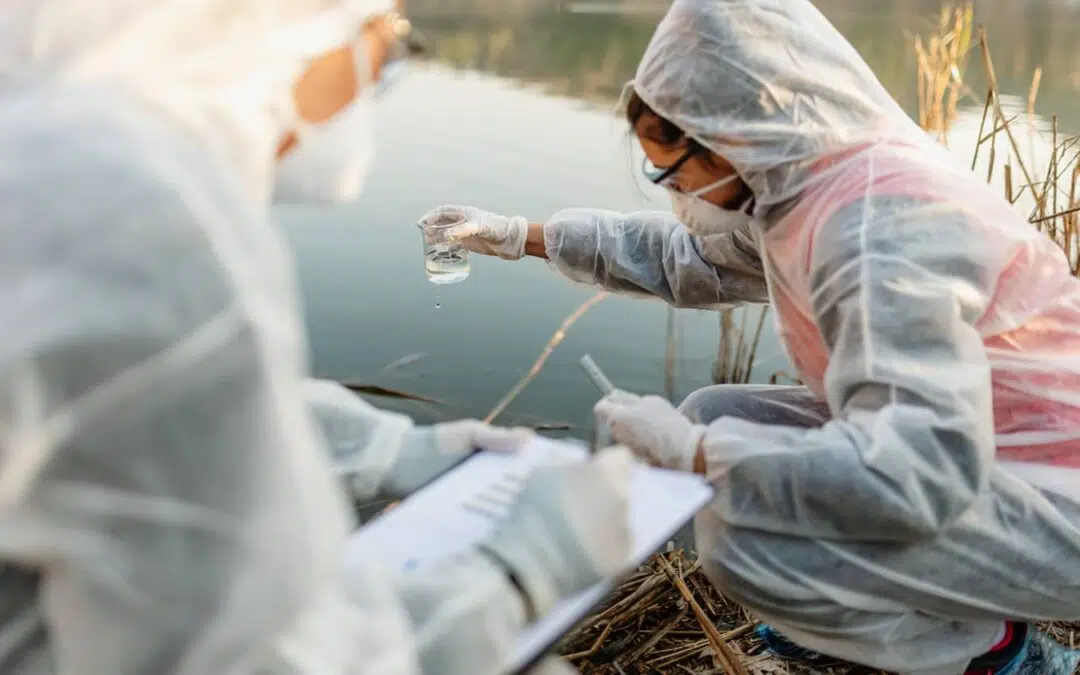
by stephen | Mar 12, 2021 | Nitrates
MHV Water will be doing nitrate tests of drinking water for the general public at the Mayfield A&P Show.
MHV Water is a co-operative with 206 shareholders across the Hinds Plains area delivering water for irrigation.
The co-op hopes people district wide will take up the opportunity to test their drinking water at the show on March 13.
MHV Water Ltd chief executive Melanie Brooks said it was known there were some legacy areas of elevated nitrate across the Hekeao Hinds catchment.
“On farm we know our farmers are making changes to reduce their nutrient footprint, we know that Hekeao Hinds Water Enhancement Trust [HHWET] are doing some great work with near-river recharge and targeted stream augmentation, and we also know that the legacy nitrate issues won’t be resolved overnight.
“The Mayfield Show is such a fantastic community event and we want to deliver for all of our community, so with the addition of a real-time portable nitrate sensor from Lincoln Agritech, which we purchased to assist with our programme delivery, we can now tangibly deliver for the community by offering to sample water at no cost at the show.”
The test required a 50ml water sample in a clean jar, which would be tested at the MHV Water tent on site at the show.
The 2005 drinking-water standards for New Zealand (revised in 2018) defined the maximum acceptable level (MAV) for N-NO3 in potable drinking water as 11.3mg a litre, she said.
There had routine quarterly testing of groundwater and surface water in the Hekeao Hinds catchment since September 2016, but last year the decision was made to expand the programme.
“We took advice from Te Runanga o Arowhenua, Environment Canterbury, HHWET, the Hinds Drains Working Party, MHV shareholders, Barrhill Chertsey Irrigation and Fish & Game to build the programme and effectively doubled our sample size.”
MHV Water continued to develop the programme to include more holistic measures of water-body health, Mrs Brooks said.
“The programme has increased our knowledge of the catchment, and also highlighted where we want to do further research.”
Last year Justin Legg, a senior hydrogeologist, was recruited and he had driven the establishment of the programme and was fundamental to its success.
“We hope that people take the opportunity to bring a sample to our tent and also take some time to see the most recent nitrate results and learn more about our wider environmental programme and how they can get involved.”
She expected considerable variation in the results depending on the depth of groundwater bores and their locations, Mrs Brooks said.
The information collected during the show would not be kept but people who got their water tested would get the result and be provided with information on what they could do to follow it up, should they wish.
Mrs Brooks has been in the role since 2017 and is also a trustee of the Hekeao Hinds Water Enhancement Trust, which governs the managed aquifer recharge and targeted stream augmentation trials in Mid Canterbury.
She said she was acutely aware of the responsibility that came with the use of water resources and was proud of the role MHV played in supporting the catchment in gaining improved water quality outcomes.
Read article
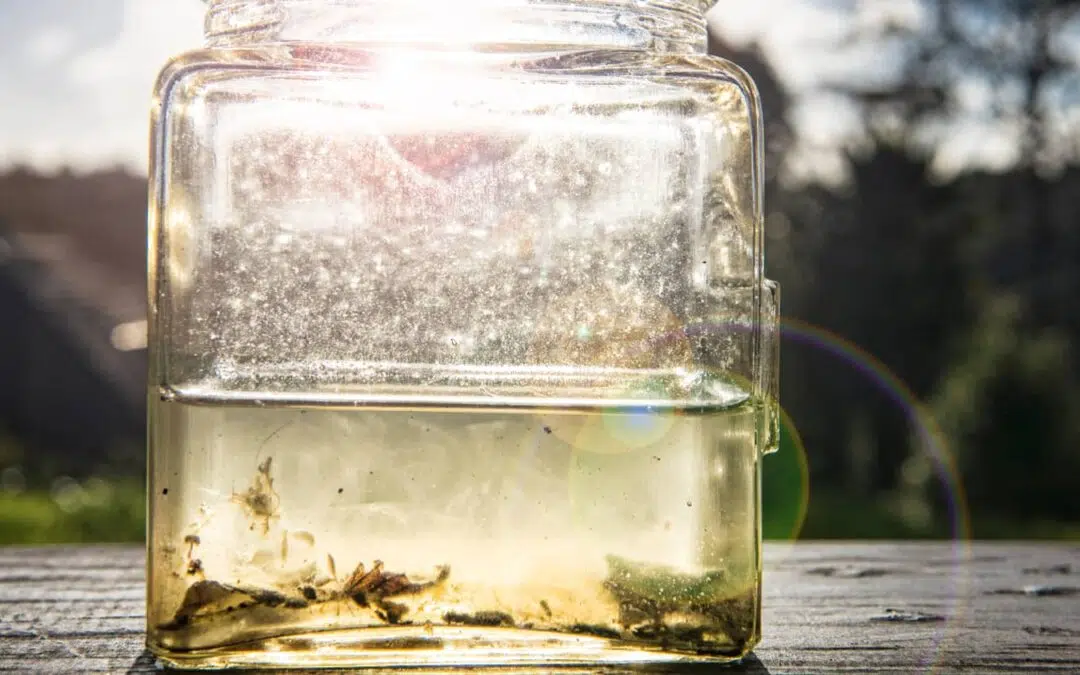
by stephen | Feb 24, 2021 | Nitrates
EDITORIAL: We cannot yet stand convinced that nitrates in our water have a connection to New Zealand’s high bowel cancer rate.
But we should be unnerved by a study that finds it may be so.
Sufficiently unnerved to seek plausible assurances that a real sense of urgency and disciplined impetus is energising investigations a Ministry of Health task force already has in train. This work must be pursued with more than a sense of frowning curiosity.
It’s scarcely a revelation that freshwater health and human health are related.
The new study, conducted with oversight from Victoria and Otago universities, concludes nitrate in drinking water is “likely to be’’ a significant contributing factor for colorectal cancer rates, which are particularly bad in Canterbury and Southland. However, it acknowledges the results are preliminary, requiring further investigation.
New Zealand does sit the right side of World Health Organisation-mandated safe levels of 11.3mg per litre of water, though the adequacy of that standard is challenged by research, notably a 2018 Danish study which implicated a link with bowel cancer for levels far lower at just 0.87mg.
Some critics attest that rather too much can be made of those findings, particularly since the Danish researchers were not able to correct for lifestyle and dietary factors.
(Speaking of which, the fresh NZ study also found elevated nitrate levels were unlikely to be as significant a risk factor for our bowel cancer rates as obesity or heavy drinking. So we’re likely to find ourselves weighing heavily and sitting unsteadily on our high horses if we’re minded to charge with headlong reproach towards farmers and government bodies at this stage.)
The Danish study scarcely stands alone. A year after it came out a US summary of eight different studies reinforced concerns that the more nitrate exposure you had, the more likely it was that colorectal cancer would develop.
This does not amount to a case-closed conclusion. What it does do, however, is raise the question of what we should do, meantime, in the cause of precautionary measures amidst our landscape of intensified farming.
The Government has no immediate plans to reduce the standard for nitrates in our drinking water beyond the WHO levels in the absence of harder evidence. And with some justification it points to land-use changes already in hand, and the potential for councils to enforce tougher limits if they deem it necessary for river health.
Citing an abundance of caution it may be tempting for us to insist upon emphatic actions, in the knowledge that public health cannot be sacrificed at the altar of agriculture and the economy.
Otago University’s Tim Chambers suggests a more nuanced approach allowing for differences in water supplies.
Granted, it’s often proven folly to conflate emphatic actions with lazily applied broad brush solutions. But safe minimums surely need to be clearly identified, and applied uniformly.
see article
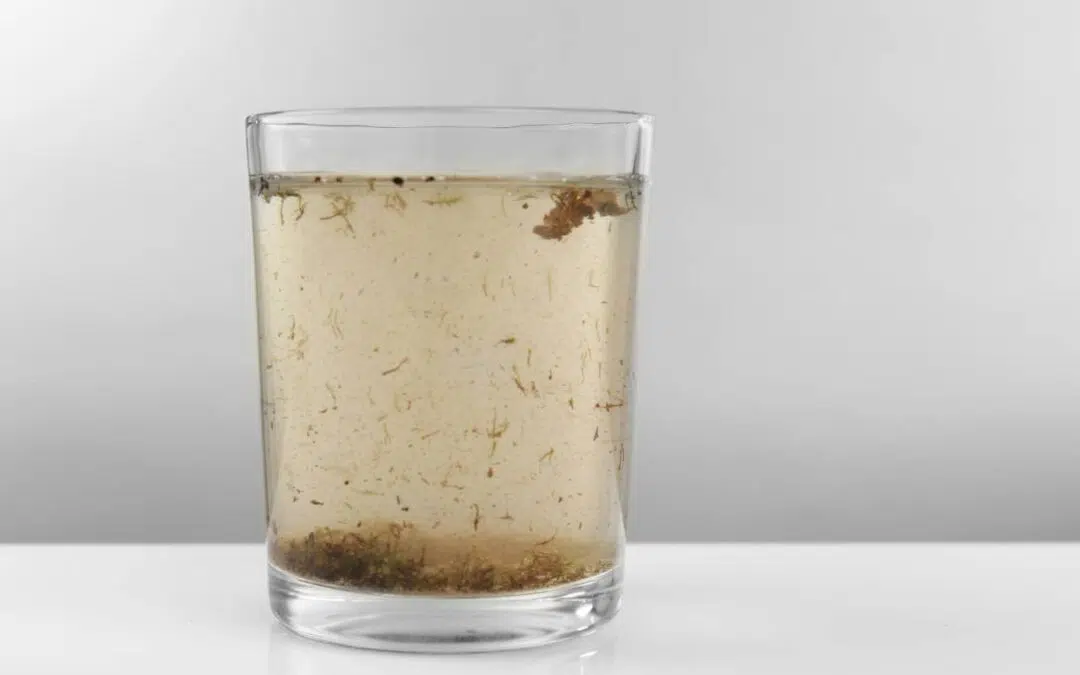
by stephen | Jun 24, 2019 | Nitrates
Users of Canterbury’s world-renowned drinking water have been issued a dire warning: “Pollution could render it undrinkable in 100 years.”
The warning comes from the Canterbury Medical Officer of Health, Dr Alistair Humphrey, as concern builds over nitrates entering the water supply from dairy farms.
In the latest publicly-funded Frank Film episode – Dairy farming and the water we drink – Humphrey warns of the risk of nitrate contamination in Christchurch’s water.
He has assured residents their drinking water is currently safe to consume. His fear is for the future, and a predicted nitrate influx. “Modelling from Environment Canterbury shows that nitrates on the north side of the Waimakariri River are flowing underneath that river toward the Christchurch urban drinking water supply,” Humphrey said.
See article






